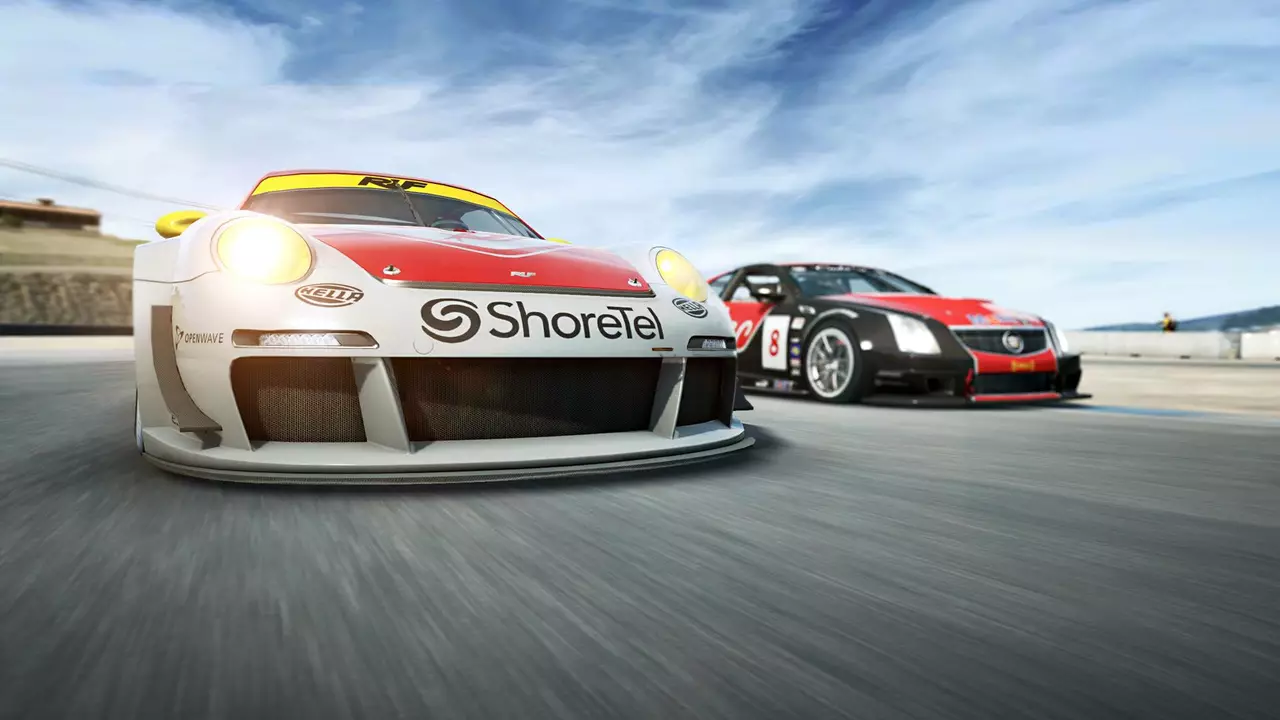Speed Comparison: How Fast Do Different Motorsports Really Go?
When you hear "speed" in a racing context, most people picture a Formula 1 car zooming past a crowd. But there are plenty of other machines that push the limits of velocity. Whether it’s a sleek MotoGP bike, a 24‑hour Le Mans prototype, or a classic manual‑shift racer, each sport has its own definition of "fast". In this guide we break down the numbers, the ways speed is measured, and why the context matters.
Formula 1 vs MotoGP: Quick Numbers
Formula 1 cars hit about 230 mph (370 km/h) on the straights and can go from 0‑60 mph in under 2.5 seconds. The hybrid power units produce roughly 1,000 hp, and the aerodynamics keep the car glued to the track. MotoGP bikes, on the other hand, top out around 220 mph (350 km/h) and sprint from 0‑60 mph in just 2.6 seconds. The main difference is that a bike’s rider leans into corners, so the cornering speed is lower than an F1 car, but the feeling of raw acceleration is almost the same.
Lap times illustrate the contrast. At the famous Silverstone circuit, an F1 pole lap sits near 1:24, while a MotoGP pole is around 1:58. The extra seconds come from the bike’s need to brake earlier and the fact that it can’t generate as much downforce. Still, both series deliver heart‑pounding straight‑line speed that makes fans shout.
Endurance Racing and Classic Cars: Le Mans & Beyond
Endurance races like the 24‑hour Le Mans test durability as much as outright speed. Modern LMP1 prototypes max out at about 210 mph (340 km/h) on the Mulsanne Straight, but they spend most of the race at lower speeds to conserve fuel and tires. What makes them impressive is maintaining that pace for hours on end, often swapping drivers three or four times.
When you compare that to older manual‑transmission racers, the picture changes again. Classic GT cars from the 1960s, like the ones Ken Miles drove, topped out near 180 mph (290 km/h). They lacked the sophisticated aerodynamics of today’s machines, so drivers relied on skillful shifting and brute engine power. Today’s manual‑shift race cars still exist in some series, offering a more “in‑your‑hands” feel, but they’re generally slower than the automatic‑shifted hybrids of F1.
So, how do you decide which speed matters most? If you love blister‑quick lap times and cutting‑edge tech, F1 is the benchmark. If you prefer the raw, wind‑in‑your‑face sensation of a two‑wheel machine, MotoGP is your answer. And if you enjoy watching machines push limits for a whole day, Le Mans shows you how speed translates into endurance.
Bottom line: speed isn’t a single number. It’s a mix of top‑speed, acceleration, cornering ability, and how long a vehicle can stay fast. Understanding each element helps you appreciate why a 230‑mph F1 car feels different from a 210‑mph Le Mans prototype, even though the numbers are close.
Next time you watch a race, think about what “fast” really means for that series. The numbers will tell you one story, but the drivers, the machines, and the strategy write another – and that’s what makes speed comparisons so fascinating.
